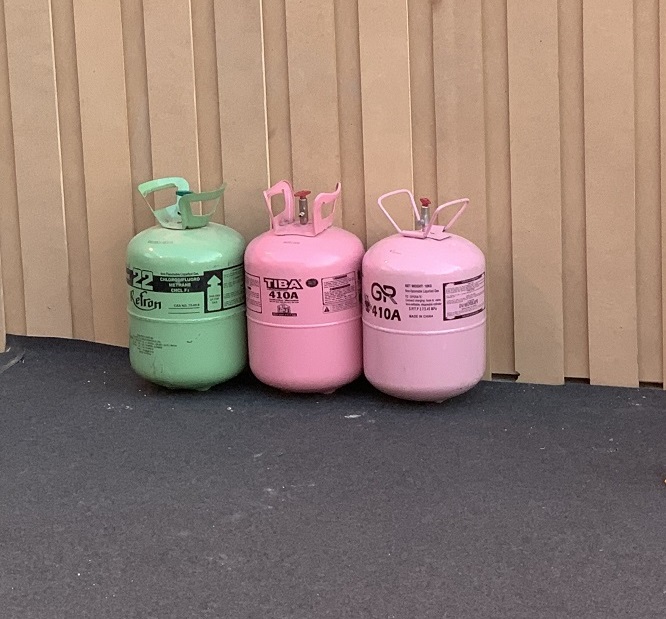Climate change is the greatest threat humanity faces today. Global temperature rise, shrinking ice sheets, ocean acidification, rising sea levels and increasing extreme weather events, all present irrefutable evidence that we must act now to reduce our emissions of greenhouse gases.
The UN Framework Convention on Climate Change (UNFCCC), signed in 1992, is a global treaty with the goal of “stabilisation of greenhouse gas concentrations in the atmosphere at a level that would prevent dangerous anthropogenic interference with the climate system.” It provides a framework for other agreements and policies, such as the 2015 Paris Agreement, a legally binding international UN treaty which established the overarching goal to limit global average temperature increase to “well below 2°C above pre-industrial levels” and pursue efforts “to limit the temperature increase to 1.5°C above pre-industrial levels.” Over time, as science has demonstrated the significantly increased impacts of 2°C versus 1.5°C of warming, the goal of 1.5°C has become broadly accepted.
However despite the dire warnings and urgency surrounding climate change, to date, national emission reduction pledges under the Paris Agreement are wholly insufficient. We are currently on a path to a catastrophic 2.9°C warming.
2023 was the hottest year on record. It significantly exceeded the previous hottest year of 2016, and it was the first year on record in which every single day was more than 1°C warmer than pre-industrial levels. Global ocean heat reached a new record high, Antarctic sea ice was pushed to a new record low, and almost half of the days in 2023 exceeded the UNFCCC Paris Agreement target of limiting warming to 1.5°C above pre-industrial levels.
The global call to action on climate change is clear – to have any chance of limiting warming to 1.5°C, we must reduce global greenhouse gas emissions to at least 43% below 2019 levels by 2030. For this to happen, immediate action must be taken to ensure that global emissions peak before 2025 and are then rapidly reduced for the rest of the decade.
Achieving this will require substantial reductions in global CO2 emissions, but there are other greenhouse gases that contribute significantly to climate change which must also be addressed.
Together, methane (CH4), nitrous oxide (N2O), F-gases (including HFCs and PFCs) and ozone-depleting substances (ODS) make up more than one-quarter of our annual greenhouse gas emissions globally. To avoid catastrophic climate change, rapid and sustained reductions are also required in emissions of these gases, many of which are short-lived climate pollutants (SLCP) that have a disproportionate impact on warming in the near-term. EIA’s campaign, recognising the scale of the challenge we face, is tackling all of the major greenhouse gases, working within multiple multilateral environmental treaties, including the UNFCCC, the Montreal Protocol and the UN Environment Assembly.
For more information: see our short guide to climate super pollutants





